The United Nations has revised its population forecasts significantly upwards: By the end of this century there should already be 11.2 billion people in the world. People in countries with high population growth rates will be increasingly threatened by poverty, hunger crises and conflicts. These prospects are likely to further boost refugee flows and migration pressure towards the emerging economies and industrialised countries if no action is taken.
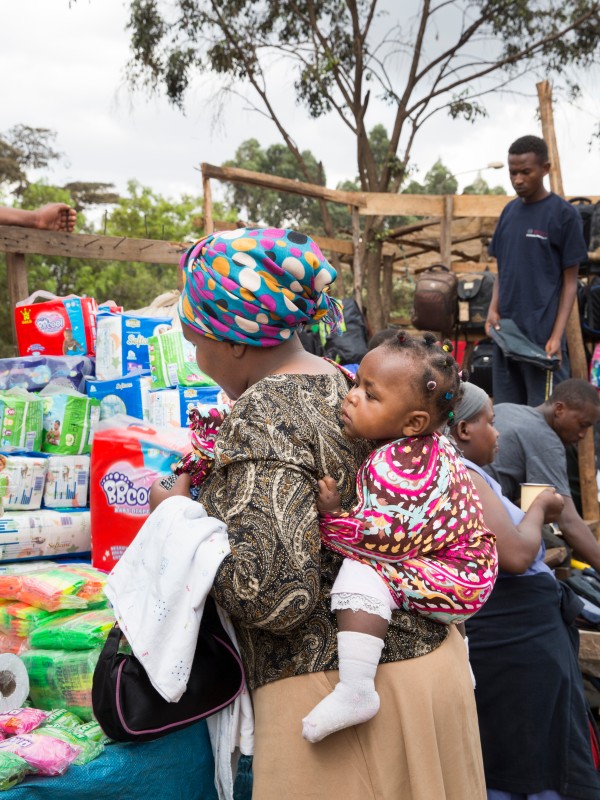
Birth rates continue to be high
The impact of economic progress, better health care and education in terms of declining birth rates falls far behind the experts' expectations.
International migration and the relationship between birth and mortality rates determine the way that population sizes and structures are changing in all societies. While life expectancy has risen significantly in most countries, improvements in the economy, health care and educational standards have had less of an impact on birth rates than experts once predicted. Depending on the assumptions taken as a basis, forecasts concerning the number of people who be living from and off our planet in future vary greatly.
As a result of these developments, the United Nations has now corrected its population estimates for significantly higher figures. Around 7.55 billion people lived on Earth in 2017; this figure will rise by around one billion by 2030 before reaching a huge 11.2 billion global citizens by the end of the century. The UN is also not ruling out the possibility of further population growth.
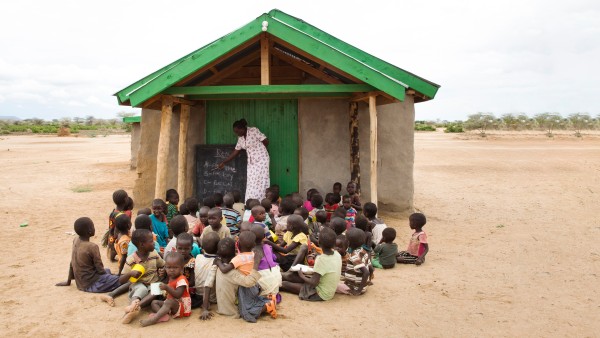
Improvised school in Kenya
According to UNESCO estimates, the number of primary-school-age children in Sub-Saharan Africa will increase by 38% by 2030.
This global development is the result of a wide variety of regional trends. As population levels are falling in Europe and remaining relatively stable in America and Australia, they are continuing to rise in the poorest countries in Asia and Africa. Fifteen years ago, forecasts predicted that the population of Sub-Saharan Africa would reach 1.8 billion by 2050. However, new estimates believe that the current population could in fact double to 2.5 billion by then.
This is having a huge impact, particularly on countries with high population growth rates. Population density and pressure on the environment will rise, food security will become less stable, and basic infrastructure (schools, health centres, settlements, drinking water and energy supplies, roads, etc.) will have to be expanded more rapidly and on a larger scale than planned.
According to estimates by UNESCO, for example, the number of primary-school-age children in Sub-Saharan Africa will rise by 38% by 2030, with the number of secondary-school-age children predicted to grow by as much as 48%. An extra 7.1 million teachers need to be trained to provide these children with suitable education. The World Health Organization predicts that there will be a shortage of around 1.1 million doctors in Africa in 2030. To meet these demands, capacity at medical faculties would have to be tripled. Even now, many developing countries are finding it tough to cover current demand. The latest figures present them with huge challenges, which they will find it hard to overcome without outside support.
Read more under the interactive world map.
1,4 Kinder
Durchschnitt pro Frau, 2010Quellen: World Development Indicators, The World Bank; UNCTADstat, eigene Berechnungen

Burden or dividend?
A large youth population can contribute to a positive economic development. This is, however, subject to the creation of sufficient jobs to absorb the potential workforce.
Increasingly, talk of Africa's "demographic dividend" is being replaced by discussion of its "demographic burden". During the period of demographic transition (which will see birth rates slowly tally with falling mortality rates), there is a theoretical chance that the large youth population will mean that a relatively high number of working-age people can contribute to positive economic development. This is because they would have to support relatively few "dependents", i.e. people under the age of 15 or over 65. Use of this temporary effect was a central driving force behind the economic development of the Four Asian Tigers in the 1970s, for example. However, this trend would also call for a dynamic private sector to generate enough productive jobs at the same time so as to absorb the potential workers.
If the poorest countries fail to invest in health care, education and sufficient jobs during this period, the trend will persist, bringing with it the risk of further impoverishment, environmental catastrophes, increased health burdens, hunger crises, general growth in fragility through to (military) conflicts. An increased loss of prospects could also put more refugee and migration pressure on emerging economies and industrial countries.
For international cooperation, including German (financial) development cooperation, this means more must be invested in long-term structure-focused aid programmes, as well as providing support for acute crises. Assistance is required particularly in the area of sustainable economic development (e.g. financial system development, promotion of businesses, market access, vocational training) and social sectors (e.g. primary education, basic healthcare and social protection). Examples of this type of work include the employment initiative for the Middle East, vocational training programmes in Egypt or the social protection programme in Malawi, which are supported by KfW using funds from the German Federal Government.
Published on KfW Stories: Tuesday, 10 July 2018

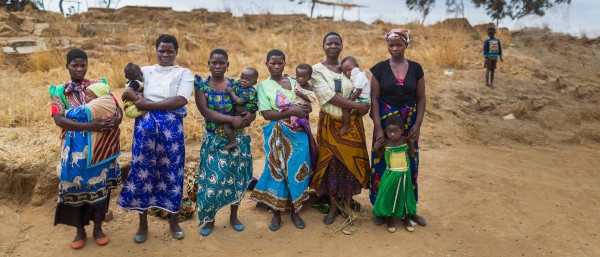

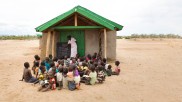
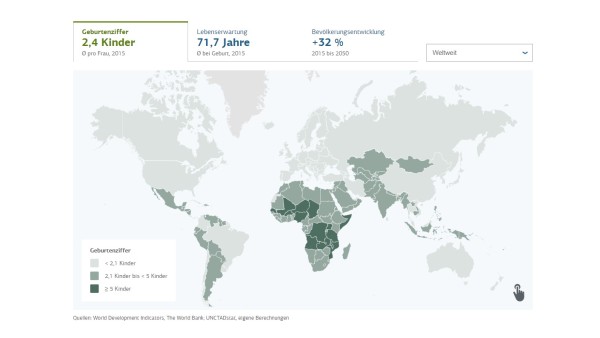
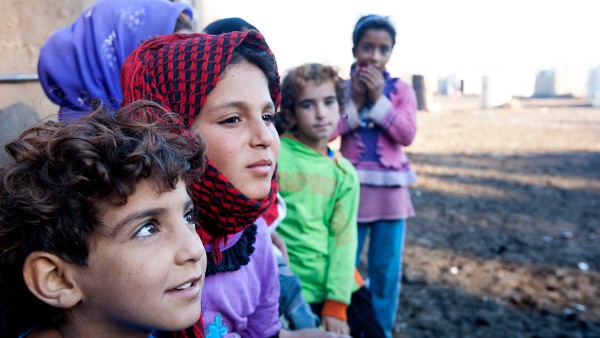
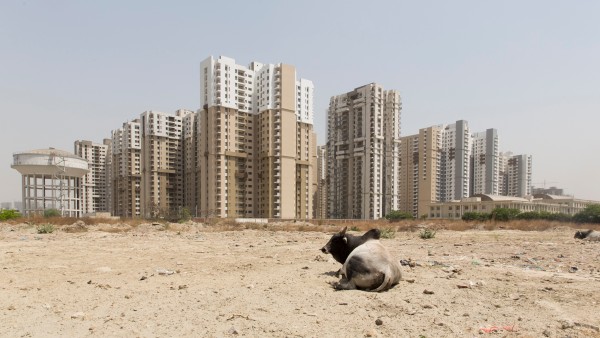
Data protection principles
If you click on one of the following icons, your data will be sent to the corresponding social network.
Privacy information